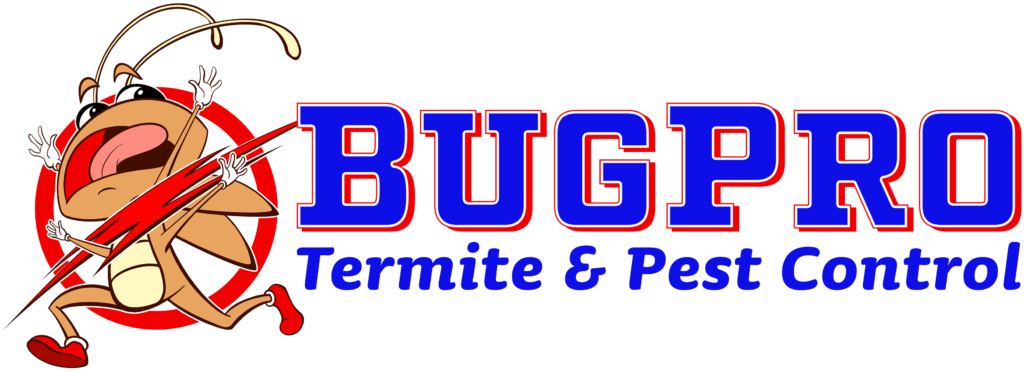
Vikane gas, also known as sulfuryl fluoride, is a widely used insecticide for controlling various wood-destroying pests, most notably drywood termites. This colorless, odorless gas penetrates wood and other materials, making it particularly effective for treating infestations that are hidden from view. Its efficacy and relative safety, when properly applied, have made it a popular choice among pest control professionals.
Drywood termites (Kalotermitida) are a formidable pest that can cause significant damage to wooden structures. Unlike subterranean termites, which require moisture and typically live in the soil, drywood termites live within the wood they consume, making them harder to detect. They can remain hidden for long periods, causing extensive damage before homeowners even realize there’s a problem.
How Vikane Works
When Vikane gas is applied, it penetrates the wood and, upon exposure to drywood termites at a lethal dose, disrupts their nervous systems, leading to their eventual death. The process involves tenting the structure to contain the gas, ensuring an even distribution throughout the infested area.
After exposure to Vikane gas, drywood termites may not die immediately. It can take anywhere from a few days to 14 days for the termites to show signs of mortality. This delayed reaction is critical for pest management companies to communicate to homeowners, as it may lead to misconceptions regarding the effectiveness of the treatment.
During this period, termites often become inactive, and their visible presence may decrease, misleading homeowners into thinking the infestation has subsided. In reality, the gas is working as intended, and the termites are succumbing to its effects.
The effectiveness of Vikane gas is influenced by several factors, including:
1. Concentration of the Gas: Achieving the right concentration is crucial. If the dosage is too low, it may not kill the termites; too high a concentration can be hazardous.
2. Exposure Time: The longer the termites are exposed to the gas, the higher the likelihood of complete elimination. The recommended exposure is typically around 24 hours, although certain situations may require longer.
3. Environmental Conditions: Temperature and humidity levels within the structure can impact how well the gas penetrates wood and other substrates. Warmer temperatures generally enhance the efficacy of Vikane gas.
While Vikane gas is effective against drywood termites, it is essential to take proper safety precautions during its use. Adequate ventilation and adhering to treatment guidelines can minimize risks to humans and pets. Pest control professionals are trained to handle such situations, ensuring that treatments are completed safely and effectively.
Vikane gas stands as a formidable option in the battle against drywood termites. Understanding its mechanism of action, the timeline for effectiveness, and the factors affecting its efficacy is crucial for anyone considering treatment. With proper application and awareness of its delayed effects, Vikane offers a powerful solution for eradicating these pests and protecting your home from future infestation.